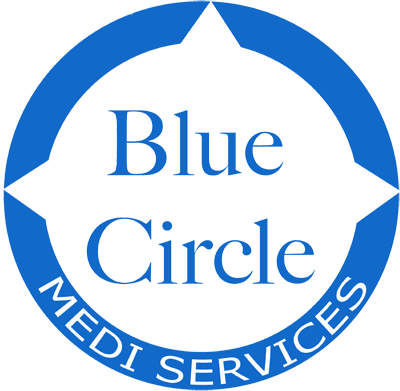Most schools today have some form of a medical room. Many even have a nurse or part-time doctor on call. But when an emergency strikes, or even when a student with a chronic condition walks in, the cracks in the setup become visible. No records. No protocols. No clarity on what to do next.
The issue isn’t a lack of intent. Most institutions want to do the right thing. The real challenge lies in the absence of structure. A nurse in a room does not make a healthcare system. Without one, outcomes are left to chance.
When does it become a system?
It becomes a system when the infirmary is treated like a function, not a room. That means defined workflows, standard operating procedures, regular reporting, and accountability. The medical room should not be a passive space, but an active part of the institution’s daily rhythm.
This structure brings three key benefits: consistency in care, proper documentation, and compliance with health and safety standards. When systems are in place, schools no longer rely on individual memory or last-minute fixes. Instead, there is continuity, clarity, and control.
What happens on the ground
Despite good intentions, here’s the reality we find in many institutions:
- Health records are either incomplete, handwritten, or missing altogether
- Chronic illness cases go unnoticed because there is no tracking
- Emergencies lead to chaos due to a lack of protocols
- There is no feedback loop between medical staff and school leadership
- Supplies run out because no one monitors stock or expiry
These gaps are not always visible. But they show up when it matters most.
Building a working model
Schools need more than staffing. They need a framework that ensures healthcare delivery is consistent, documented, and aligned with the institution’s operating context. That includes digital logs, SOPs for chronic cases, emergency escalation processes, parent communication protocols, and inventory checklists.
A proper system makes care predictable. It makes sure nothing is missed. It also brings peace of mind to parents, staff, and administrators, who know what to expect and what will happen next.
How Blue Circle works with institutions
At Blue Circle, we help design, upgrade, and manage institutional infirmaries with a full-service model. We begin with an assessment of existing gaps. Then, we create a clear roadmap covering physical setup, medical protocols, and staffing needs.
Once deployed, our team handles day-to-day operations: from digital record-keeping to reporting and compliance. We also conduct regular training, audits, and term-wise reviews. Whether it’s a standalone school or a multi-campus network, our systems scale to fit.
We don’t simply deploy a nurse. We create a dependable, protocol-driven healthcare setup that integrates into your academic schedule and institutional priorities.
Conclusion
An infirmary is more than a space with a bed. It is a place of care. And care, when systemised, becomes reliable. When schools choose to structure their medical room as a functional healthcare unit, they move from good intentions to measurable outcomes. That shift is what creates safer, more responsive campuses.
Want to build a system-driven infirmary that runs reliably every day? Let’s start the conversation.




